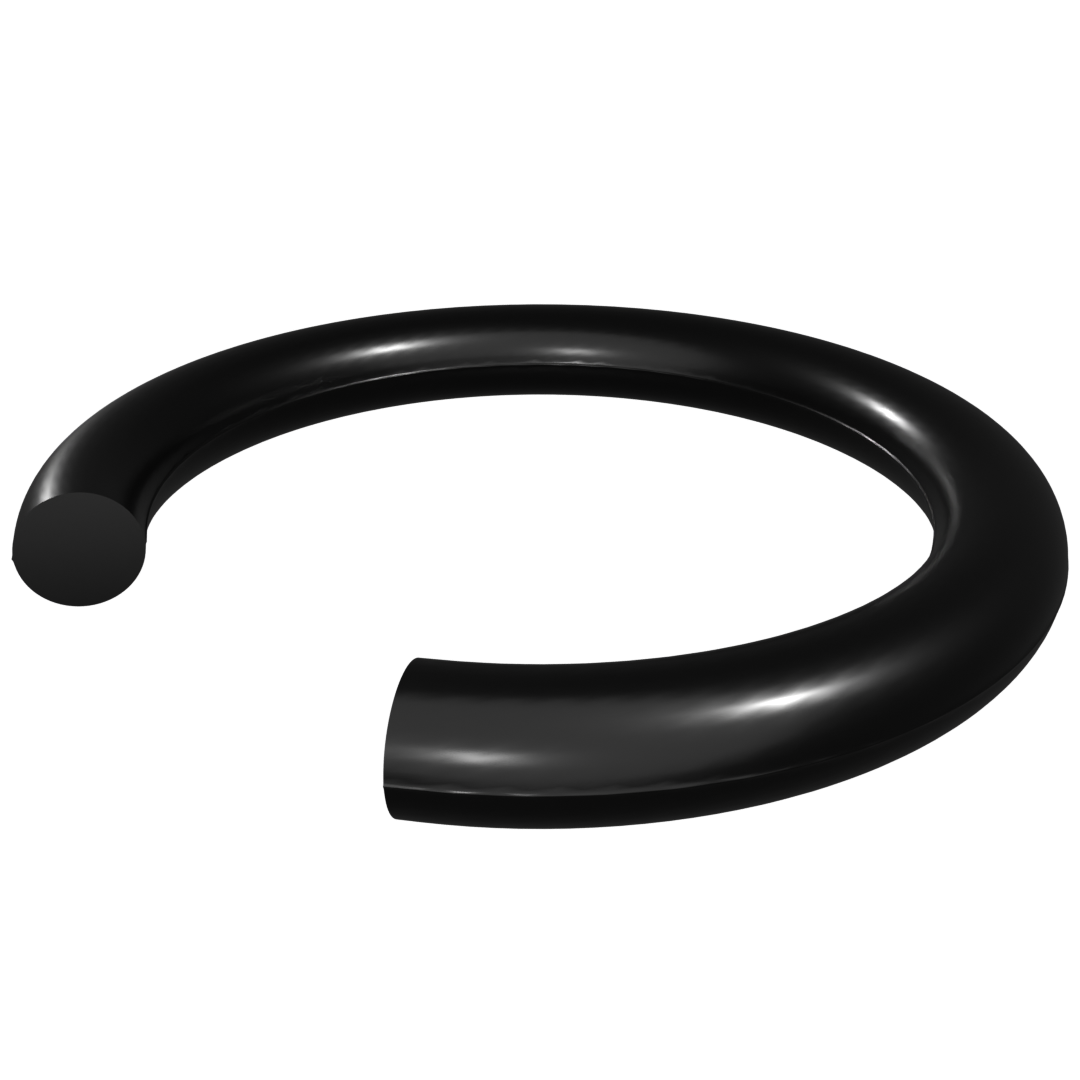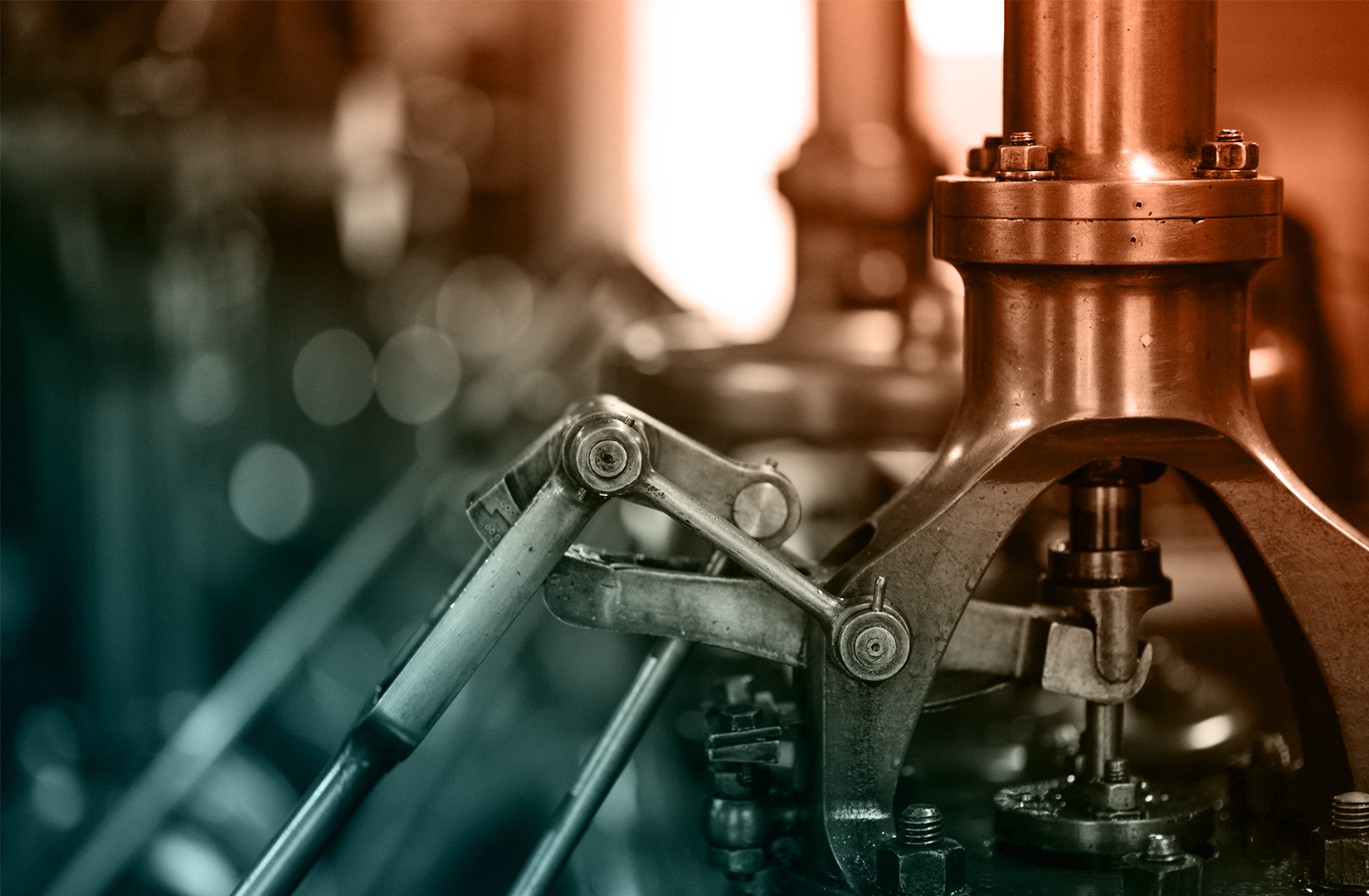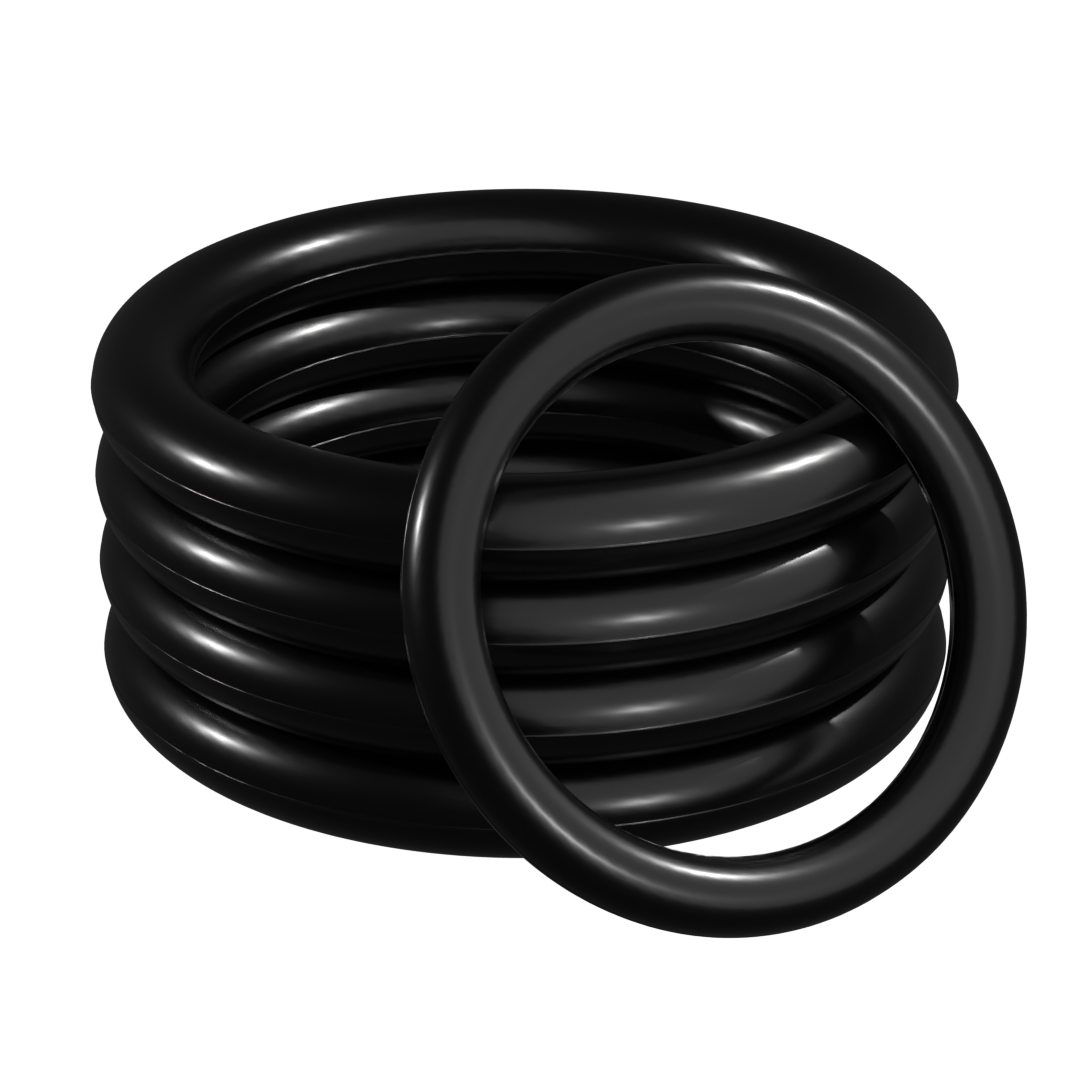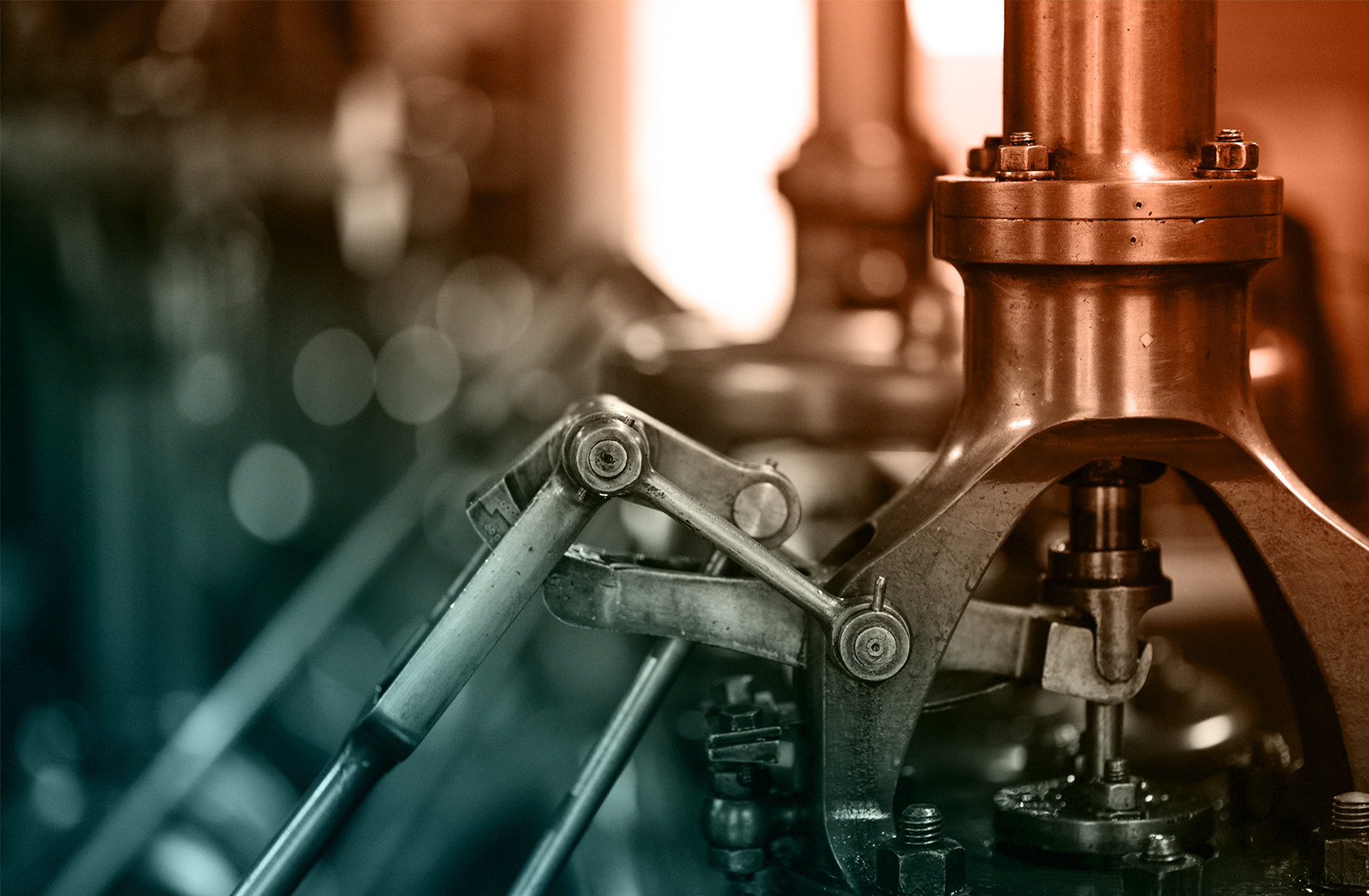
Butadiene (BR) Rubber
Butadiene Rubber (BR) is a synthetic elastomer known for its excellent abrasion resistance, flexibility, and low-temperature performance. BR is widely used in the manufacturing of tires, belts, and footwear, offering enhanced durability and resilience in demanding applications. Its ability to absorb impact and resist wear makes it a preferred choice in industries that require long-lasting, high-performance materials. As a result, butadiene rubber is commonly found in automotive, industrial, and consumer products.
Check with one of Canyon’s helpful product engineers for an expert material and manufacturing recommendation.
Common names include: Polybutadiene, BR, Butadiene Rubber, Cis-polybutadiene.

Features of Butadiene Rubber
Butadiene Rubber offers several key features that make it suitable for a wide range of applications:
- Excellent Abrasion Resistance: BR is known for its outstanding resistance to wear and abrasion, making it an ideal material for products exposed to friction and impact.
- Flexibility and Resilience: Even at low temperatures, BR maintains flexibility and elasticity, allowing it to perform well in dynamic applications such as tires and belts.
- Low-Temperature Performance: Butadiene Rubber remains flexible at very low temperatures, as low as -50°C, making it suitable for cold environments.
- Impact Resistance: BR absorbs shock and impact efficiently, making it a preferred material for tires and industrial applications where cushioning is important.
- Good Tensile Strength: BR has relatively high tensile strength, allowing it to withstand stretching and stress without breaking.
Common Applications of Butadiene Rubber
Due to its unique properties, Butadiene Rubber is commonly used in the following applications:
- Tires and Treads: One of the largest applications for BR is in the production of tires, particularly for tire treads, where its flexibility and abrasion resistance improve wear performance and grip.
- Footwear Soles: BR is used in shoe soles and other footwear components where impact absorption, flexibility, and wear resistance are important.
- Conveyor Belts: BR’s flexibility and durability make it suitable for use in conveyor belts, particularly in environments where the material must resist wear from constant movement and friction.
- Industrial Belts: BR is used in the production of belts for machinery and equipment, providing long-lasting performance in high-stress, high-friction environments.
- Sports Equipment: Butadiene Rubber is often found in sports equipment like golf balls and tennis balls, where its shock absorption and resilience are crucial for performance.
Please consult a Canyon Components Engineer about your specific application and we will use our decades of experience to formulate a solution that fits your need.
Get a Quote Now!

Butadiene Rubber (BR) Pros & Cons
Butadiene Rubber (BR) is a versatile and cost-effective synthetic elastomer known for its excellent abrasion resistance, flexibility, and impact absorption. It is widely used in industries ranging from automotive to sports equipment, offering long-lasting performance in products that require resilience and durability. While BR has some limitations, such as poor resistance to oils and weathering, its strengths in abrasion resistance and low-temperature flexibility make it an indispensable material for many demanding applications. Understanding its features, applications, and potential drawbacks will help you select the best material for your specific needs.
Canyon Components strives to meet all customer service requests. Feel free to contact Canyon Components engineering and let our knowledgeable staff help you design the perfect part for your needs.
Pros of Butadiene Rubber
Butadiene Rubber provides several benefits that make it a popular material in various industries:
- Superior Abrasion Resistance: BR’s high resistance to wear and abrasion ensures long-lasting performance in tires, belts, and other friction-heavy applications.
- Excellent Flexibility at Low Temperatures: Butadiene Rubber remains flexible even in very cold environments, making it suitable for cold-weather applications such as winter tires.
- Impact Absorption: BR’s ability to absorb shocks and impacts makes it ideal for automotive and industrial products, as well as sporting goods that require cushioning.
- Good Tensile Strength: The high tensile strength of BR ensures that it can withstand mechanical stress and stretching without tearing or breaking.
- Cost-Effective Material: BR is generally less expensive than some other high-performance rubbers, making it a cost-effective solution for many industrial and commercial applications.
Cons of Butadiene Rubber
While Butadiene Rubber has many advantages, there are also some limitations to consider:
- Poor Resistance to Oils and Chemicals: BR has poor resistance to oils, fuels, and chemicals, which limits its use in environments where exposure to these substances is frequent.
- Limited Weather Resistance: BR is not particularly resistant to ozone, UV radiation, or other environmental factors, which can lead to degradation over time in outdoor applications.
- Low Aging Resistance: Compared to some other rubbers, BR can degrade faster when exposed to environmental stressors, requiring additional protection or additives to improve longevity.
- Inferior Heat Resistance: BR has moderate heat resistance, which may not be suitable for applications that involve sustained exposure to high temperatures.
Back to Elastomers Hub

Get A Quote Now!

